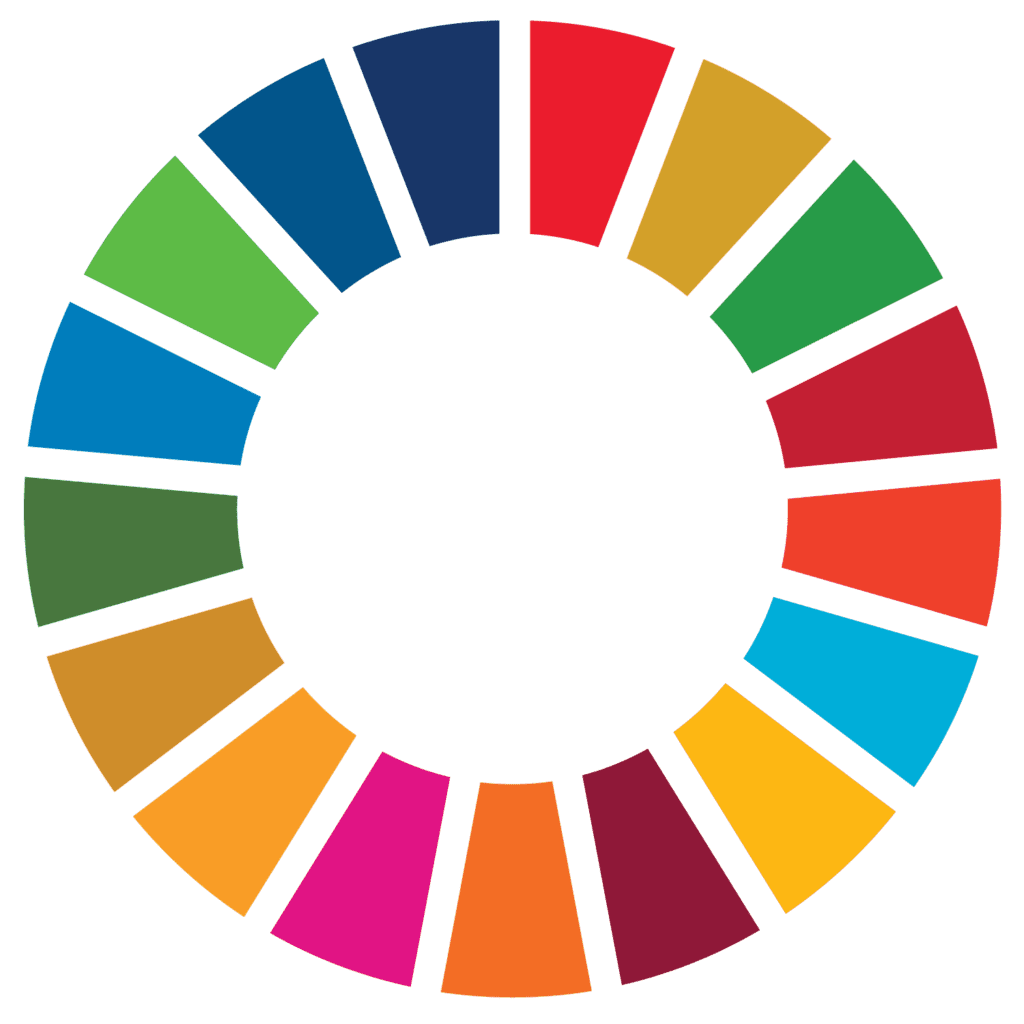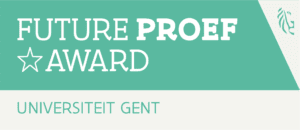Where citizen science meets wetlands


First off, why wetlands?
Wetlands are unique ecosystems, characterised by being transitional areas between water and land. Covering around 6% of the world’s land surface area, they are incredibly important ecosystems, vital for human prosperity and for regulating the environmental system.
Wetlands are cradles of biodiversity as hosts of numerous plant and animal species. They store huge quantities of carbon with peatlands being the largest terrestrial carbon stores in the world. Thereby, they act as climate regulators against floods and droughts and also as water purifiers. Wetlands are central to human livelihoods as well, including in transportation, fishing, energy production and drinking water. They are even sites of pilgrimage and religious fulfilment, serve as recreational sites for activities such as birdwatching and hiking, and much more!
Despite their many benefits and undoubtable importance, these ecosystems are facing significant challenges. These are made all the more acute due to changing climate conditions as well as the pre-existing lack of information on their current state and the trends. There is a strong need for improved wetland inventories, which will support the urgent action required at national and international levels.
 Foto: Marisa04 via Pixabay
Foto: Marisa04 via Pixabay
Up second, why citizen science?
Citizen science is rapidly gaining traction and being recognised as a valuable approach to robust environmental management, tackling research questions that require large datasets and engaging the public in the scientific process.
Citizen science is, in fact, not at all a new concept. Members of the public have been involved in scientific research for most of history. However, science was increasingly professionalised in the late 19th century and amateur involvement took a plunge. Non-professional scientist involvement became limited to particular fields and topics, such as naturalist clubs.
Over the past decades, there has been a notable shift towards acknowledging citizen science as a valuable tool for engaging the public in the scientific field. This marks a new understanding of citizen science. The term and form of science are still being shaped, demonstrated by the various definitions in circulation of both ‘citizen science’ and ‘’citizen scientist’. There is ongoing discussion on whether there should even be a standard or fixed definition or whether the value lies in the fact it can be adapted and applied to different situations.
In any case, the potential of citizen science across various dimensions of sustainability is tremendous. This includes environmental sustainability in terms of research and a greater understanding of wetlands, which can lead to more fitting environmental behaviour and policy for wetlands. It can also be more economically sustainable because citizen science is often a more cost-efficient manner of conducting research. There is even a social sustainability element, since people may become (more) engaged with important issues and develop a greater sense of trust in organisations, and science may become better aligned with societal needs.
 Foto: Gerd Altmann via Pixabay
Foto: Gerd Altmann via Pixabay
How do wetlands and citizen science connect?
Due to the lack of information about the state and trends of wetlands worldwide, huge amounts of research are required. Additionally, any study of large-scale patterns in nature requires extensive data inputs. The Ramsar Convention on Wetlands has the goal of increasing the awareness of wetlands' importance and ensuring they are included in broader national environmental strategies. For example, they aim to include diverse perspectives into wetland management and improving wetland inventories, and they see citizen science as a way of achieving this.
We can think of citizen science as a way of filling the gap in wetland knowledge, as well as a means of increasing awareness of its importance and engaging people in their protection and restoration. It is possible to widen the range of perspectives and increase agency and decision-making in wetland science and policy.
What does this thesis add to the ongoing discussion?
This thesis presents a framework for the use of citizen science in wetland research. Copsey created it based on the research she conducted, and it contributes to the ongoing conversation on citizen science within the wetland field as well as in other fields. She designed the framework as a guide. It is still necessary to look at each project individually and make decisions based on the specific context.
 Figure: Bethany Copsey
Figure: Bethany Copsey
There are five phases in total: appraisal, planning, development, execution, and concluding. Within these phases, there are multiple steps as well as ongoing tasks that occur throughout. The order of the steps may be reorganised depending on the needs of the project.
Alongside the framework itself, with her thesis, Copsey adds to the general understanding of citizen science in several other ways. One of these is the 7 C’s of citizen science. She conceptualised a structure of seven varying forms of citizen science, which differ according to the level and type of engagement from the public. This structure builds on the existing research, particularly schemas that detail contributory, collaborative, and co-created forms of citizen science.
The remaining four types have been discussed in the literature but are not listed as a major form of citizen science. The structure developed in this thesis brings these forms together for the first time. The definitions are found in the table below.
 Figure: Bethany Copsey
Figure: Bethany Copsey
What’s next?
There are still considerable challenges facing the field of citizen science. This includes developing the communication tools and expertise needed to manage citizen science projects which bring many different stakeholders together. Additional challenges are presented by the social aspect of citizen science, including an understanding of how civic empowerment is linked to citizen science and what power dynamics are at play in citizen science projects.
Copsey created this framework as one step towards greater citizen science usage. One of the major takeaways is that no matter the particularities of the project, enough time and thought must be given to the process and design. In this way, it is possible to create a project that balances scientific rigour, accessibility for non-professional scientists and viability as an outreach and awareness tool.
